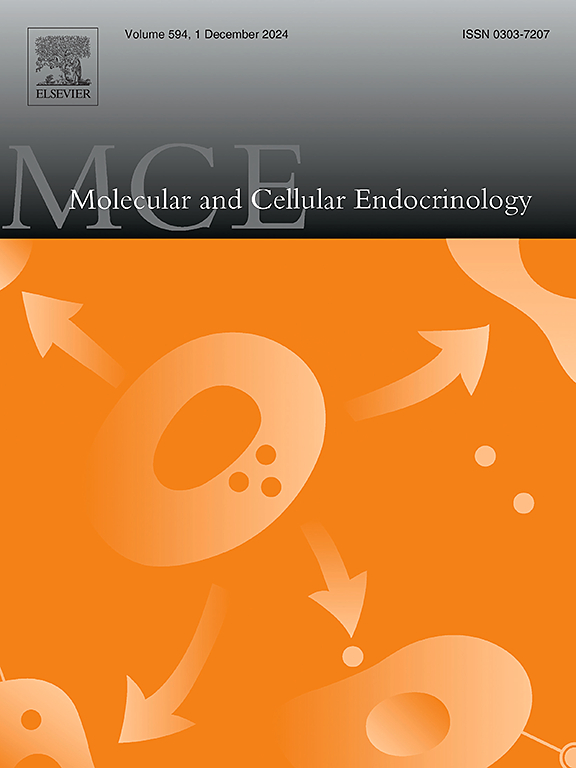雄激素受体在调控宫颈癌细胞迁移中起关键作用。
IF 3.6
3区 医学
Q2 CELL BIOLOGY
引用次数: 0
摘要
宫颈癌(CC)是印度妇女中第二大最常见的癌症,也是全球第四大最常见的癌症。虽然已经研究了主要基因和途径,但需要进一步研究以确定转移性疾病靶向治疗的新候选药物。本研究使用基于图论的网络分析来识别具有最大连通性、高中心性分数和显著的全局和局部网络扰动分数的重要相互作用蛋白(iip)。在已确定的IIPs中,雄激素受体(AR)成为宫颈癌中至关重要但尚未充分研究的调节因子之一。患者样本、离体和体外实验均显示宫颈癌中AR的显著下调。在CC细胞系中,AR配体依赖性过表达可减少癌细胞迁移,但不能诱导细胞凋亡。外源性AR表达时间充质标记下调和上皮标记恢复提示其有逆转宫颈癌细胞侵袭特性的潜力。AR过表达后激活上调其下游靶标PTEN,下调pPI3K水平,进而通过干扰AKT磷酸化恢复GSK3β活性,可能导致宫颈癌细胞间充质标志物的降解。进一步的研究表明,AR通过阻碍局灶黏附形成和肌动蛋白丝组装来降低细胞运动。G-Actin比值升高表明AR通过改变RhoA/ROCK1/LIMK1/CFL1通路破坏细胞骨架动力学,最终阻碍宫颈癌细胞扩散。本文章由计算机程序翻译,如有差异,请以英文原文为准。
Androgen receptor plays critical role in regulating cervical cancer cell migration
Cervical cancer (CC) is the second most common cancer among women in India and the fourth worldwide. While major genes and pathways have been studied, further research is needed to identify newer candidates for targeted therapy in metastatic disease. This study used a graph-theory-based network analysis to identify important interacting proteins (IIPs) with maximum connectivity, high centrality scores, and significant global and local network perturbation scores. Among the identified IIPs, the Androgen receptor (AR) emerged as one of the crucial yet understudied regulator in cervical cancer. Patient samples, ex vivo, and in vitro experiments showed significant downregulation of AR in cervical cancer. Ligand-dependent overexpression of AR reduced cancer cell migration while failed to induce apoptosis in CC cell lines. Downregulation of mesenchymal markers and restoration of epithelial markers upon exogenous expression of AR suggested its potential in reversing invasive properties of cervical cancer cells. AR overexpression followed by activation upregulated its downstream target PTEN and downregulated pPI3K levels, which in turn restored GSK3β activity by interfering with AKT phosphorylation, probably leading to degradation of mesenchymal markers in cervical cancer cells. Further studies showed that AR reduced cell motility by hindering focal adhesion formation and Actin filament assembly. An increased G-Actin ratio suggested AR disrupted cytoskeletal dynamics through altering the RhoA/ROCK1/LIMK1/CFL1 pathway eventually impeding cervical cancer cell spread.
求助全文
通过发布文献求助,成功后即可免费获取论文全文。
去求助
来源期刊

Molecular and Cellular Endocrinology
医学-内分泌学与代谢
CiteScore
9.00
自引率
2.40%
发文量
174
审稿时长
42 days
期刊介绍:
Molecular and Cellular Endocrinology was established in 1974 to meet the demand for integrated publication on all aspects related to the genetic and biochemical effects, synthesis and secretions of extracellular signals (hormones, neurotransmitters, etc.) and to the understanding of cellular regulatory mechanisms involved in hormonal control.
 求助内容:
求助内容: 应助结果提醒方式:
应助结果提醒方式:


